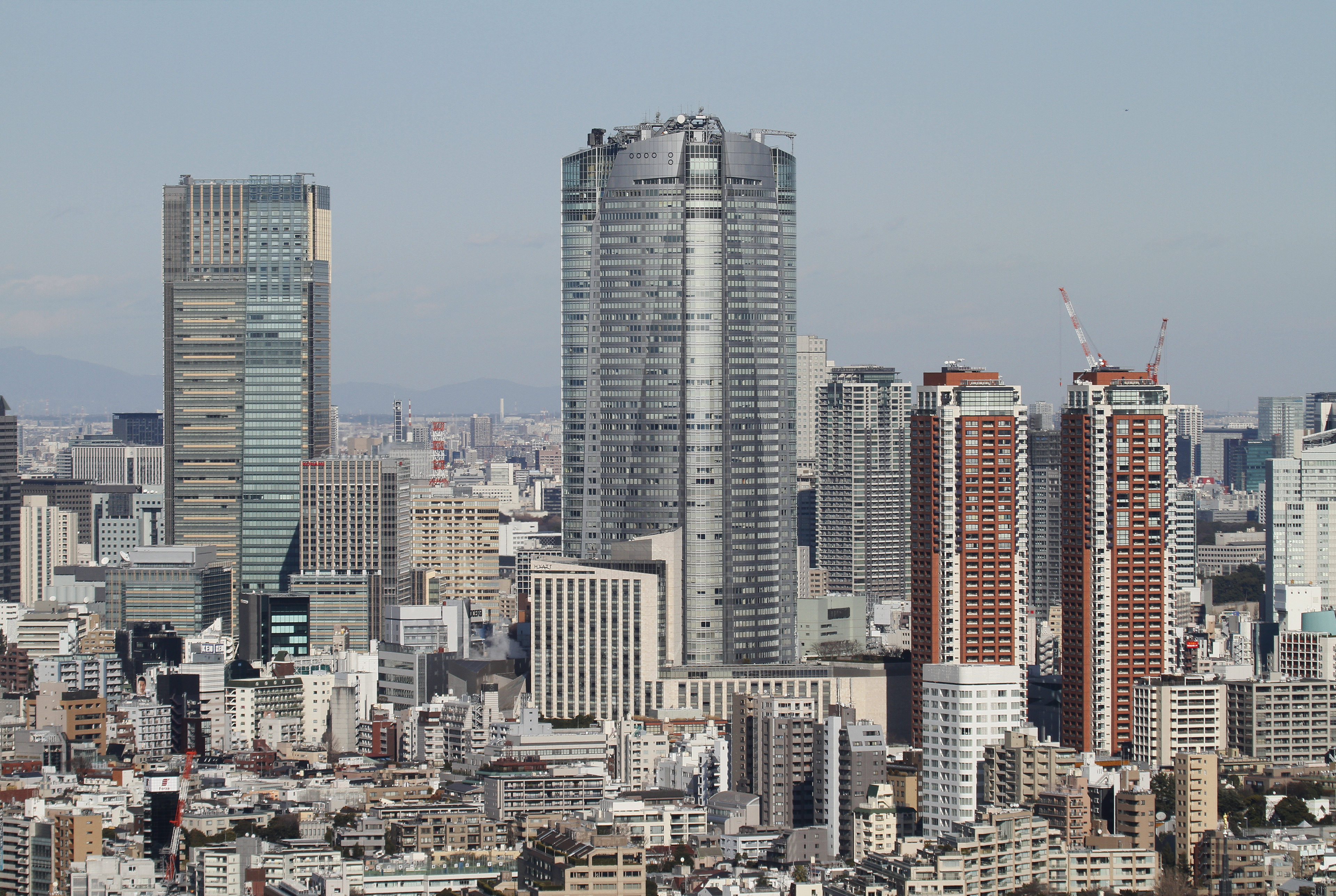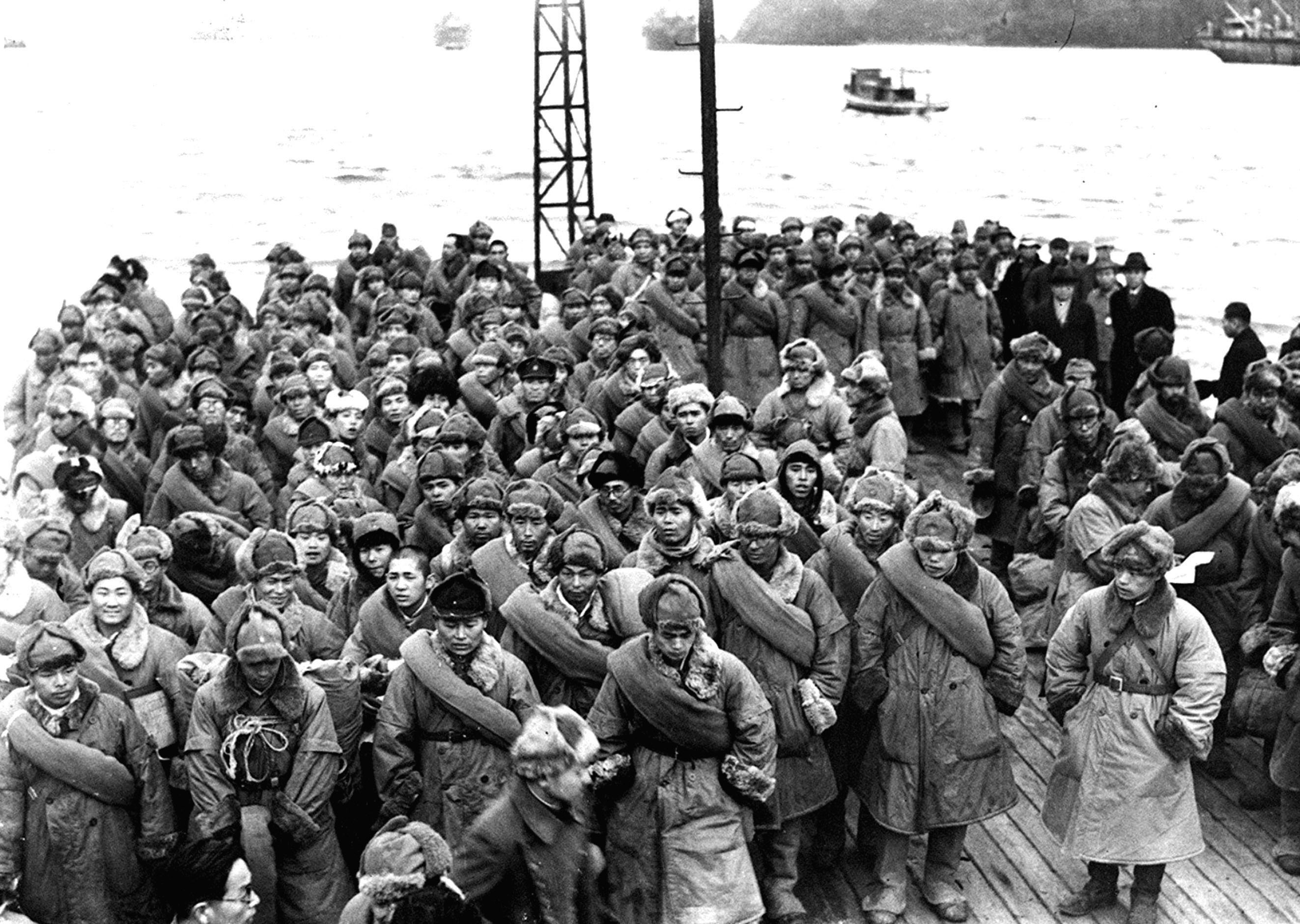|
Gōgen Yamaguchi
Jitsumi Gōgen Yamaguchi (山口剛玄; January 20, 1909 – May 20, 1989), also known as Gōgen Yamaguchi, was a Japanese martial artist and student of Gōjū-ryū Karate under Chōjun Miyagi. He was one of the most well-known karate-dō masters from Japan and he founded the ''International Karate-dō Gōjū Kai Association''. Prior to his death, Yamaguchi was decorated by the Emperor of Japan in 1968 with the ''Ranjū-Hōshō'', らんじゅほうしょう(藍綬褒章), the Blue Ribbon Medal of the fifth order of merit, for his enormous contribution to the spread worldwide of the Japanese martial arts. For many years he was listed in the Guinness Book of Records regarding his rank and achievements. According to an obituary: Early years According to his autobiographical work: ''Karate Gojū-ryū by the Cat Tokyo, Japan (1963)'', Gōgen Yamaguchi was born on January 20, 1909 in Miyakonojō Shonai, Miyazaki Prefecture, Japan, near Kagoshima City on the island of Kyūsh� ... [...More Info...] [...Related Items...] OR: [Wikipedia] [Google] [Baidu] |
Osaka University
, abbreviated as , is a public research university located in Osaka Prefecture, Japan. It is one of Japan's former Imperial Universities and a Designated National University listed as a "Top Type" university in the Top Global University Project. The university is often ranked among the top three public universities in Japan, along with the University of Tokyo and Kyoto University. It is ranked third overall among Japanese universities and 75th worldwide in the 2022 QS World University Rankings. Osaka University was one of the earliest modern universities in Japan at its founding in 1931. The history of the institution includes much older predecessors in Osaka such as the Kaitokudō founded in 1724 and the Tekijuku founded in 1838. In 2007, it merged with Osaka University of Foreign Studies and became the largest national university in Japan. Osaka University is one of the most productive research institutions in Japan. Numerous prominent scholars and scientists have attended or w ... [...More Info...] [...Related Items...] OR: [Wikipedia] [Google] [Baidu] |
Imperial House Of Japan
The , also referred to as the Imperial Family or the House of Yamato, comprises those members of the extended family of the reigning Emperor of Japan who undertake official and public duties. Under the present Constitution of Japan, the Emperor is "the symbol of the State and of the unity of the people". Other members of the Imperial Family perform ceremonial and social duties, but have no role in the affairs of government. The duties as an Emperor are passed down the line to their male children. This Japanese monarchy is the oldest continuous hereditary monarchy in the world. The Imperial House recognizes 126 monarchs, beginning with Emperor Jimmu (traditionally dated to 11 February 660 BC), and continuing up to the current emperor, Naruhito. However, scholars have agreed that there is no evidence of Jimmu's existence, that the traditional narrative of Japan’s founding is mythical, and that Jimmu is a mythical figure. Historical evidence for the first 25 emperors is mythical, ... [...More Info...] [...Related Items...] OR: [Wikipedia] [Google] [Baidu] |
Prince Higashikuni
General was a Japanese imperial prince, a career officer in the Imperial Japanese Army and the 30th Prime Minister of Japan from 17 August 1945 to 9 October 1945, a period of 54 days. An uncle-in-law of Emperor Hirohito twice over, Prince Higashikuni was the only member of the Japanese imperial family to head a cabinet and was the last general officer of the Imperial Japanese military to become Prime Minister. He was the founder of the Chiba Institute of Technology. He was one of the longest-lived members of any royal family. Early life Prince Naruhiko was born in Kyoto, the ninth son of Prince Kuni Asahiko (''Kuni no miya Asahiko Shinnō'') and the court lady Terao Utako. His father, Prince Asahiko, was a son of Prince Fushimi Kuniie (''Fushimi no miya Kuniie Shinnō''), the twentieth head of the Fushimi-no-miya, the oldest of the '' sesshu shinnōke'' or cadet branches of the imperial dynasty from whom an emperor might be chosen in default of a direct heir. Prince Naruhiko ... [...More Info...] [...Related Items...] OR: [Wikipedia] [Google] [Baidu] |
International Martial Arts Federation
(IMAF) is the oldest continuously operating Japanese organization promoting international Budō.''Journal of Combat Sports and Martial Arts''. MEDSPORTPRESS, 2011; 1(2); Vol. 2, page 50. The organization, founded in 1952, has headquarters in Tokyo, Japan and is a member of the United Nations Department of Economic and Social Affairs. IMAF has branches in 17 countries. IMAF organizes world Budo galas, congresses, international training, maintains historical records on Budo and issues the magazine, named ''Gendo Newsletter''. Purposes The International Martial Arts Federation (IMAF) is dedicated to the promotion and development of the martial arts worldwide. Among other objectives of IMAF are the expansion of interest in Japanese martial arts, the establishment of communication, friendship, understanding and harmony among member chapters, the development of the minds and bodies of members, and the promotion of global understanding and personal growth. History The International M ... [...More Info...] [...Related Items...] OR: [Wikipedia] [Google] [Baidu] |
Japan Karate Federation
The Japan Karate Federation (JKF), a.k.a. Japan Karatedo Federation, is a national governing body of sport karate in Japan. The JKF is officially affiliated with the Japan Olympic Association (JOC), World Karate Federation (WKF), Japan Sports Association (JSA), and Japanese Budō Association (JBA). The styles recognized by the JKF are Wadō-ryū, Shotokan, Shito-ryu, and Goju-ryu. The headquarters is located in Tokyo, Japan. History Early years In 1959, the original Japan Karate Federation, formally known as the Federation of All Japan Karatedo Organizations (FAJKO), was formed to be an unifying organization to bring karate schools together by the Karate world leaders, who were its chairman Choko Sai, a head the Shudokan of Kanken Tōyama, and vice chairmen Konishi from Shindō Jinen-ryū, Hiroshi Kinjo from Kanbukan, Otsuka Hinorori from Wado-Ryu, Tatsuo Yamada from Japan Kenpo Karate, and Shinkin Gima from Shotokan. New Formation On October 1, 1964, the original Japan Kara ... [...More Info...] [...Related Items...] OR: [Wikipedia] [Google] [Baidu] |
Roppongi
is a district of Minato, Tokyo, Japan, famous for the affluent Roppongi Hills development area and popular night club scene. A few foreign embassies are located near Roppongi, and the night life is popular with locals and foreigners alike. It is in the central part of Tokyo, south of Akasaka and north of Azabu. History The name ''Roppongi'', which appears to have been coined around 1660, literally means "six trees". Six very old and large zelkova trees used to mark the area; the first three were cleared, and the last were destroyed during World War II. Another legend has it that the name comes from the fact that six ''daimyōs'' lived nearby during the Edo period, each with the kanji character for "tree" or a kind of tree in their names. Roppongi was not extensively populated until after the Meiji Restoration, although the area was trafficked for centuries and served as the site of the cremation of Shōgun Tokugawa Hidetada's wife in 1626.Gary CooperGood ol' six trees—the way ... [...More Info...] [...Related Items...] OR: [Wikipedia] [Google] [Baidu] |
Japanese Prisoners Of War In The Soviet Union
After :World War II there were from 560,000 to 760,000 Japanese personnel in the Soviet Union and Mongolia interned to work in labor camps as POWs. Of them, it is estimated that between 60,000 and 347,000 died in captivity.POW in the USSR 1939–1956:Documents and Materials Moscow '' Logos Publishers (2000)'' (Военнопленные в СССР. 1939–1956: Документы и материалы Науч.-исслед. ин-т проблем экон. истории ХХ века и др.; Под ред. М.М. Загорулько. – М.: Логос, 2000. – 1118 с.: ил.) |
Prisoner Of War
A prisoner of war (POW) is a person who is held captive by a belligerent power during or immediately after an armed conflict. The earliest recorded usage of the phrase "prisoner of war" dates back to 1610. Belligerents hold prisoners of war in custody for a range of legitimate and illegitimate reasons, such as isolating them from the enemy combatants still in the field (releasing and repatriating them in an orderly manner after hostilities), demonstrating military victory, punishing them, prosecuting them for war crimes, exploiting them for their labour, recruiting or even conscripting them as their own combatants, collecting military and political intelligence from them, or indoctrinating them in new political or religious beliefs. Ancient times For most of human history, depending on the culture of the victors, enemy fighters on the losing side in a battle who had surrendered and been taken as prisoners of war could expect to be either slaughtered or enslaved. Ear ... [...More Info...] [...Related Items...] OR: [Wikipedia] [Google] [Baidu] |
Soviet Union
The Soviet Union,. officially the Union of Soviet Socialist Republics. (USSR),. was a transcontinental country that spanned much of Eurasia from 1922 to 1991. A flagship communist state, it was nominally a federal union of fifteen national republics; in practice, both its government and its economy were highly centralized until its final years. It was a one-party state governed by the Communist Party of the Soviet Union, with the city of Moscow serving as its capital as well as that of its largest and most populous republic: the Russian SFSR. Other major cities included Leningrad (Russian SFSR), Kiev (Ukrainian SSR), Minsk ( Byelorussian SSR), Tashkent (Uzbek SSR), Alma-Ata (Kazakh SSR), and Novosibirsk (Russian SFSR). It was the largest country in the world, covering over and spanning eleven time zones. The country's roots lay in the October Revolution of 1917, when the Bolsheviks, under the leadership of Vladimir Lenin, overthrew the Russian Provisional Government ... [...More Info...] [...Related Items...] OR: [Wikipedia] [Google] [Baidu] |
World War II
World War II or the Second World War, often abbreviated as WWII or WW2, was a world war that lasted from 1939 to 1945. It involved the vast majority of the world's countries—including all of the great powers—forming two opposing military alliances: the Allies and the Axis powers. World War II was a total war that directly involved more than 100 million personnel from more than 30 countries. The major participants in the war threw their entire economic, industrial, and scientific capabilities behind the war effort, blurring the distinction between civilian and military resources. Aircraft played a major role in the conflict, enabling the strategic bombing of population centres and deploying the only two nuclear weapons ever used in war. World War II was by far the deadliest conflict in human history; it resulted in 70 to 85 million fatalities, mostly among civilians. Tens of millions died due to genocides (including the Holocaust), starvation, ma ... [...More Info...] [...Related Items...] OR: [Wikipedia] [Google] [Baidu] |
Manchuria
Manchuria is an exonym (derived from the endo demonym " Manchu") for a historical and geographic region in Northeast Asia encompassing the entirety of present-day Northeast China (Inner Manchuria) and parts of the Russian Far East (Outer Manchuria). Its meaning may vary depending on the context: * Historical polities and geographical regions usually referred to as Manchuria: ** The Later Jin (1616–1636), the Manchu-led dynasty which renamed itself from "Jin" to "Qing", and the ethnicity from "Jurchen" to "Manchu" in 1636 ** the subsequent duration of the Qing dynasty prior to its conquest of China proper (1644) ** the northeastern region of Qing dynasty China, the homeland of Manchus, known as "Guandong" or "Guanwai" during the Qing dynasty ** The region of Northeast Asia that served as the historical homeland of the Jurchens and later their descendants Manchus ***Qing control of Dauria (the region north of the Amur River, but in its watershed) was contested in 1643 when ... [...More Info...] [...Related Items...] OR: [Wikipedia] [Google] [Baidu] |







